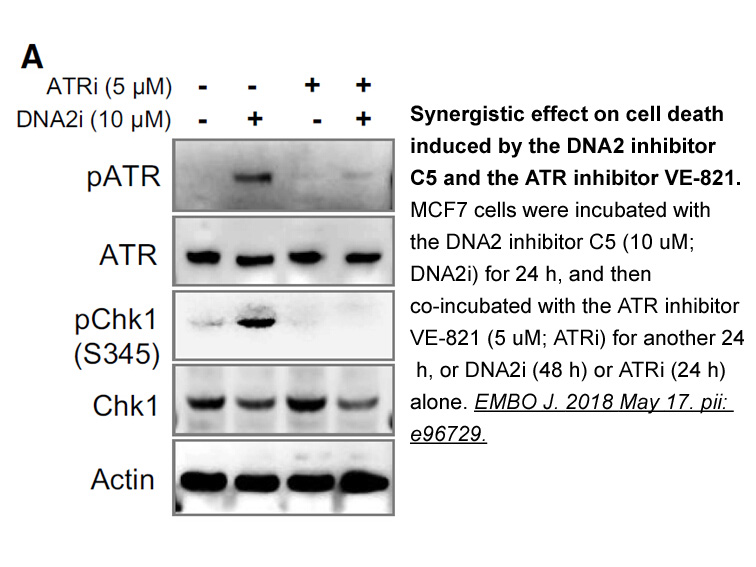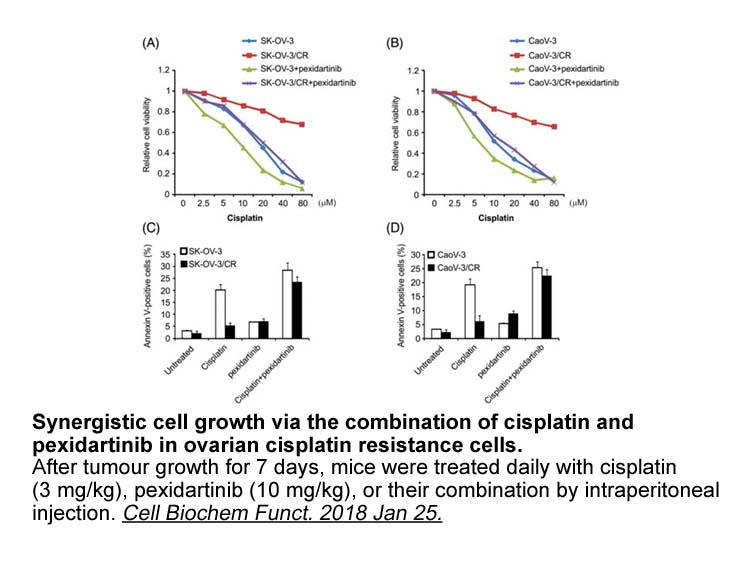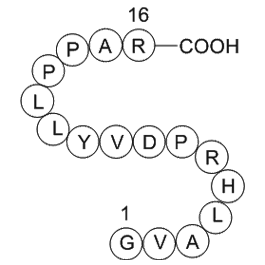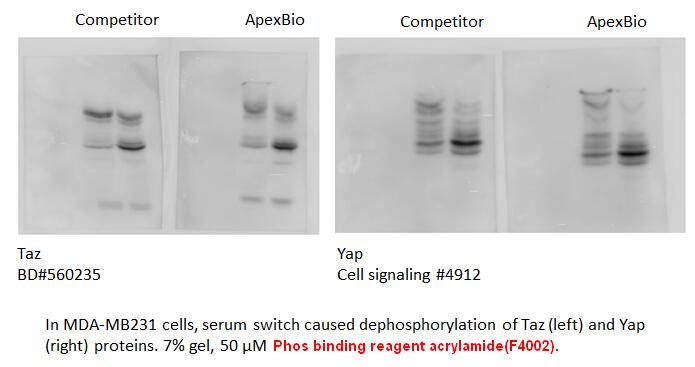Archives
- 2025-11
- 2025-10
- 2025-09
- 2025-03
- 2025-02
- 2025-01
- 2024-12
- 2024-11
- 2024-10
- 2024-09
- 2024-08
- 2024-07
- 2024-06
- 2024-05
- 2024-04
- 2024-03
- 2024-02
- 2024-01
- 2023-12
- 2023-11
- 2023-10
- 2023-09
- 2023-08
- 2023-06
- 2023-05
- 2023-04
- 2023-03
- 2023-02
- 2023-01
- 2022-12
- 2022-11
- 2022-10
- 2022-09
- 2022-08
- 2022-07
- 2022-06
- 2022-05
- 2022-04
- 2022-03
- 2022-02
- 2022-01
- 2021-12
- 2021-11
- 2021-10
- 2021-09
- 2021-08
- 2021-07
- 2021-06
- 2021-05
- 2021-04
- 2021-03
- 2021-02
- 2021-01
- 2020-12
- 2020-11
- 2020-10
- 2020-09
- 2020-08
- 2020-07
- 2020-06
- 2020-05
- 2020-04
- 2020-03
- 2020-02
- 2020-01
- 2019-12
- 2019-11
- 2019-10
- 2019-09
- 2019-08
- 2019-07
- 2019-06
- 2019-05
- 2019-04
- 2018-11
- 2018-10
- 2018-07
-
DDR is one of two non integrin tyrosine kinase receptors
2020-03-23

DDR1 is one of two, non-integrin tyrosine kinase receptors activated by collagen. Although DDR1 has five isoforms (1a, 1b, 1c, 1d, 1e) generated by alternative splicing, only DDR1a and 1b have active kinase domains, whereas DDR2, encoded by a distinct gene, has one isoform (Vogel et al., 2006). Coll
-
br Conclusions There is significant interest in understandin
2020-03-23

Conclusions There is significant interest in understanding the contribution of biological mechanisms to the non-linear/bilinear dose–response curves for DNA-reactive agents. Model monofunctional alkylating agents have datasets amenable to PoD determination for genotoxic effects in both in vitro a
-
D-(-)-Salicin sale In this report we present spectroscopic e
2020-03-21

In this report, we present spectroscopic evidence on the effect of different solvents having proton acceptor and proton donor ability and pH of the medium on the abstraction of amino proton of PI (Scheme 1) for controlling the nonradiative rates. Despite the general utility of PI as a DNA intercalat
-
All DGKs have at least two cysteine rich
2020-03-21

All DGKs have at least two cysteine-rich regions homologous to the C1A and C1B motifs of PKCs [26]. In theory, these domains may bind DAG, perhaps localizing DGKs to where DAG accumulates. However, no DGK C1 domain has so far been conclusively shown to bind DAG. In fact, structural predictions sugge
-
A-803467 It is well known that acrolein a metabolite
2020-03-21

It is well known that acrolein, a metabolite of cyclophosphamide, is responsible for the cyclophosphamide-induced cystitis, and that acrolein is capable of activating TRPA1 channels expressed in the capsaicin-sensitive primary afferents [2], [11]. In this context, it is likely that the early phase o
-
br Summary and perspectives In recent decades
2020-03-21

Summary and perspectives In recent decades, enormous advances have been achieved in the development of enzyme-activatable imaging probes, enabling the accurate detection of enzyme activity in vivo to better understand the biological function of enzymes in disease processes. Activatable probes are
-
Diagnosis of NCC can be accomplished via imaging techniques
2020-03-21

Diagnosis of NCC can be accomplished via imaging techniques and serological confirmatory testing. The best immunodiagnostic test for NCC, the enzyme-linked immunotransfer blot EITB (Tsang et al., 1989), is based on the detection of PD 325901 to one or more of the 7 lentil-lectin glycoproteins (LLGP
-
br Introduction Detection of driver mutations
2020-03-21

Introduction Detection of driver mutations in patients with advanced non-small cell lung cancer (NSCLC) is critical because they receive great benefit from kinase inhibitors [[1], [2], [3], [4]]. However, it is often difficult to obtain tumor tissue in advanced NSCLC patients. Cell-free DNA (cfDN
-
jak stat pathway br Genes involved in oxysterol metabolism T
2020-03-21

Genes involved in oxysterol metabolism The main enzymes that participate in the metabolism of oxysterols generally belong into one of two groups: transferases or oxidoreductases [22]. The following chapter describes those genes of oxysterol metabolism whose polymorphisms have been associated with
-
Immune Response and Immune Evasion Up to of the
2020-03-21

Immune Response and Immune Evasion Up to 10% of the host ML-291 are infected with EBV during acute infectious mononucleosis. Most of these cells are effectively cleared by the immune system, but some downregulate viral gene expression and differentiate into safety in the resting memory B cell pool
-
br Substoichiometric substrate modification E ligases cataly
2020-03-21

Substoichiometric substrate modification E3 ligases catalyze the rapid transfer of the SUMOD from the E2 enzyme to the substrate. By definition, enzymes are recycled in the reaction, allowing multiple rounds of substrate modification by a single enzyme. Thus, enzymes function at substoichiometric
-
Many studies reporting on discoveries of DUBs in
2020-03-21

Many studies reporting on discoveries of DUBs in the TGFβ and BMP pathways have relied on RNAi strategies to investigate loss-of-function impact. While RNAi strategies are useful tools, there are limitations ranging from limited knockdowns of targets to potential off-target effects. New and better t
-
The mesolimbic dopamine system is believed
2020-03-21

The mesolimbic dopamine system is believed to be highly important for evaluating environmental stimuli in order to generate an adaptive behavioral response. Thus, not surprisingly these functions appear to have been highly conserved across the vertebrate subphylum. Even though teleost fish lack midb
-
The mesolimbic dopamine system is believed
2020-03-21

The mesolimbic dopamine system is believed to be highly important for evaluating environmental stimuli in order to generate an adaptive behavioral response. Thus, not surprisingly these functions appear to have been highly conserved across the vertebrate subphylum. Even though teleost fish lack midb
-
The collagen binding membrane proteins
2020-03-21

The collagen-binding membrane proteins, discoidin domain receptors 1 and 2 (DDR1 and DDR2) belong to the family of receptor tyrosine kinase and are expressed in a variety of mammalian cells.7, 8 These transmembrane glycoproteins (∼125 kDa) have been found to be over-expressed or atypically expressed
15719 records 842/1048 page Previous Next First page 上5页 841842843844845 下5页 Last page